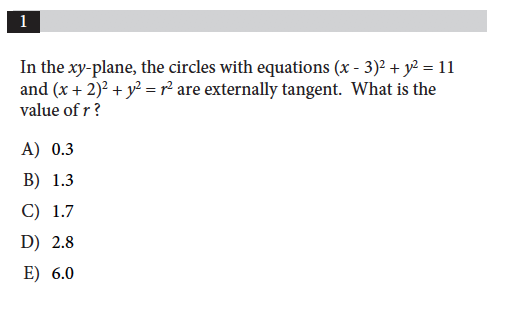

So, it can take any value above 0 to form a triangle. Height will be minimum if both the sides AB & AC coincides with the base BC, then area will become 0. Hence 25 cannot be the area of the triangle with dimensions of 6 and 8 units.Īlso note that the area will be minimum when the height will be minimum.

Or we could state that the area will be maximum if the other side 6 becomes the height.Īs any option more than 24 cannot be the possible value of area. 8 so area will only be maximum when the height will be maximum So, in the above figure as the base is fixed i.e. we know that Area of Triangle = (1/2) × base × height However, in such questions when we need to select which of the options can / cannot be the answer, you would find that eliminating the options is one of the convenient approaches. Let’s consider the figure above, AB = 6 units & BC = 8 units.Īs we do not know the height, we will not be able to calculate the exact area. Now, we have to find which of the following cannot be the area of this triangle. So, angle OPR = angle ORP = x (In a triangle, angles opposite to equal sides are equal)Īngle POR + Angle OPR + Angle ORP = 180 (Sum of internal angles of a triangle is 180°)ĪNS (b) = 30 Question 2 If two sides of a triangle are 6 and 8, which of the following cannot be the area of the triangle? (As both the triangles OPQ and OQR are equilateral triangles).

TIP: We cannot assume anything by sight or by measurement unless or until it is not given in the question.Īngle POQ = Angle ROQ = 60°. (Diagonals of a rhombus are angle bisectors) Therefore, triangle OPQ will be an equilateral triangle. Now, if we join OQ which is also the radius of the circle, then OP = OQ = PQ. Also, the diagonals of a rhombus are angle bisectors. If all the sides are equal in a quadrilateral then all we can surely conclude is that the Quadrilateral will be a Rhombus. So, we can’t assume angle OPQ to be 90°, hence we can’t assume x to be 45°. Note: We cannot assume OPQR to be a square, because nothing is mentioned about the angles. So, all the sides of the quadrilateral OPQR are equal. If O is the centre of the circle shown above and OP = PQ = QR, what is the value of x?


 0 kommentar(er)
0 kommentar(er)
